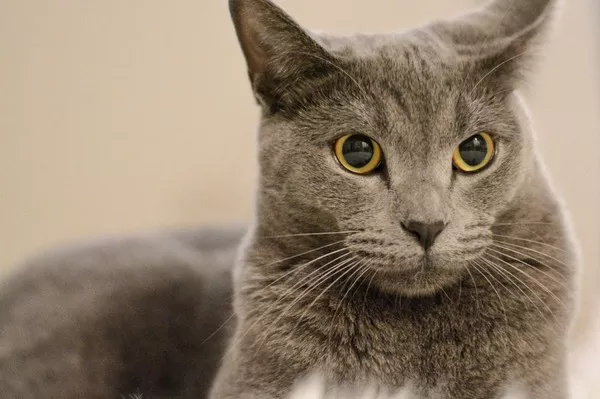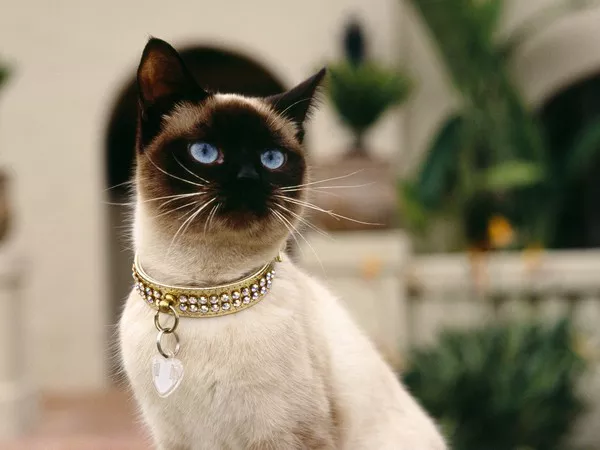The Chartreux, a robust and venerable French cat breed known for its dense, blue-grey coat and striking orange eyes, requires particular attention to diet to maintain its health and vitality. This comprehensive guide will delve into the specifics of how much food a Chartreux should eat, exploring factors that influence dietary needs and providing practical feeding tips to ensure your feline friend remains healthy and happy.
Understanding the Chartreux: A Brief Overview
Before we explore the nuances of feeding a Chartreux, it is essential to understand the physical and behavioral characteristics that define this breed. The Chartreux is known for its muscular build, quick reflexes, and calm demeanor. This breed’s unique attributes influence its nutritional needs and feeding habits.
The Basics of Cat Nutrition: What Your Chartreux Needs
Cats are obligate carnivores, meaning their diet must consist primarily of meat. However, this doesn’t mean they require only meat to thrive. A balanced diet for a Chartreux, as with any cat, includes:
Proteins: High-quality animal proteins should form the core of their diet, supporting muscle maintenance and overall health.
Fats: Essential fatty acids, such as omega-3 and omega-6, are vital for maintaining healthy skin and coat.
Carbohydrates: While not a natural part of a feline’s ancestral diet, small amounts of carbohydrates can be beneficial in commercial cat foods, aiding in digestive health and providing dietary fiber.
Vitamins and Minerals: These are crucial for supporting metabolic processes and overall health.
Determining the Right Amount of Food for Your Chartreux
The amount of food a Chartreux cat requires depends on several factors including age, weight, activity level, and health status.
Age-Based Nutritional Needs
Kittens: Chartreux kittens require more food per pound of body weight than adult cats because they are growing and highly active. They typically need to be fed high-quality kitten food several times a day.
Adults: An adult Chartreux’s food intake usually stabilizes. Normal-weight adults require a balanced diet that maintains their health without leading to weight gain.
Seniors: Older Chartreux may need adjustments in their diet to accommodate decreased activity levels and metabolic changes.
Weight Management
Obesity is a common issue in domestic cats, including the Chartreux. Monitoring your cat’s body condition score (BCS) can help you adjust food portions to maintain an ideal weight.
Activity Level
Active Chartreux cats will require more calories than their less active counterparts. Adjust portions accordingly to prevent weight gain or loss.
Feeding Tips for Chartreux Cats
Providing the right amount of food is crucial, but how you feed your Chartreux is also important.
Consistency and Schedule
Regular Feeding Times: Cats often thrive on routine. Feeding your Chartreux at the same times each day can help regulate their digestion and maintain their metabolic health.
Meal Feeding vs. Free Feeding: Meal feeding involves providing food at set times and removing it after a certain period, typically 20-30 minutes. Free feeding leaves food out all day. For Chartreux, meal feeding can help prevent overeating.
Type of Food
Dry vs. Wet Food: Dry food is convenient and can help maintain dental health, while wet food provides additional moisture to the diet, which is beneficial for urinary tract health. A combination of both may be ideal for balancing convenience and health benefits.
Portion Control
Measuring Food: Always measure your Chartreux’s food to avoid overfeeding. Use a standard measuring cup or a kitchen scale for precision.
Special Dietary Considerations
Hairball Control: Given their dense coats, Chartreux cats may be prone to forming hairballs. Specialized foods that help control hairballs can be included in their diet.
Urinary Health: The breed can be susceptible to urinary tract issues. Foods formulated to support urinary health, which maintain a proper pH balance in the urine, can be beneficial.
Monitoring Your Chartreux’s Health Through Diet
Regular vet check-ups are crucial, but you can monitor your cat’s health at home by paying attention to:
Weight Changes: Sudden weight gain or loss can be a sign of health issues.
Energy Levels: Changes in activity can indicate problems or dietary inadequacies.
Coat and Skin Health: A shiny coat and healthy skin are often signs of good nutrition.
Conclusion: Tailoring Your Approach to Your Chartreux’s Needs
Each Chartreux is unique, and their nutritional needs can vary significantly. Understanding the general guidelines for feeding this breed is just the starting point. Tailor these recommendations to suit your cat’s specific needs, which may change over their lifetime. By being attentive to your Chartreux’s diet, and adjusting it as necessary, you can help ensure your cat remains a healthy and delightful companion for many years.
Through informed dietary choices and consistent feeding practices, you play a crucial role in nurturing your Chartreux’s health and well-being. Remember, a well-fed cat is often a happy and healthy cat, and with the right care, your Chartreux will thrive under your loving attention.

























